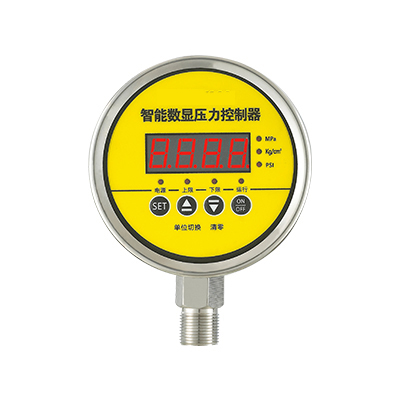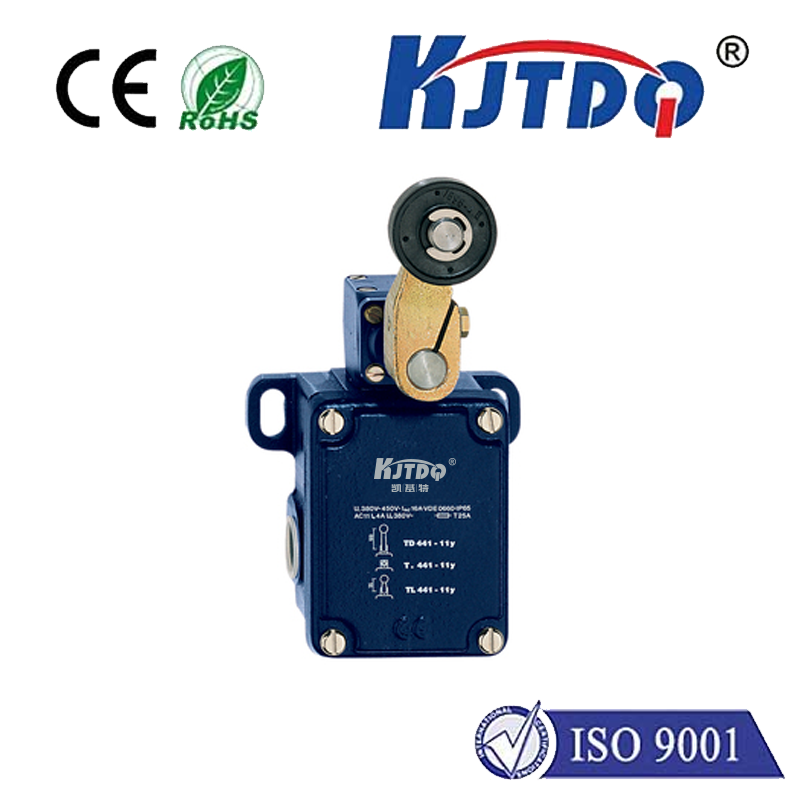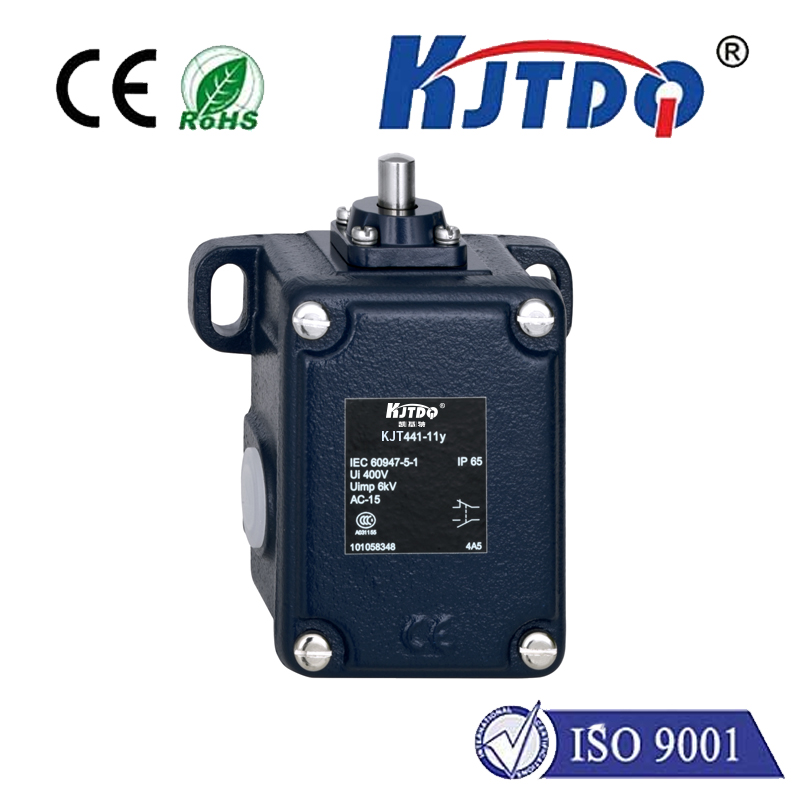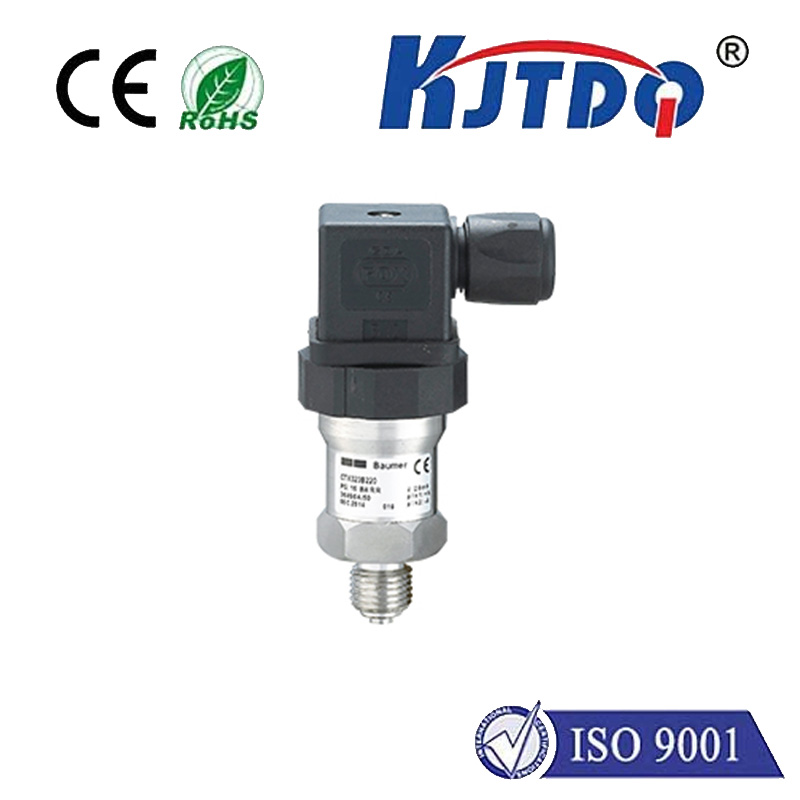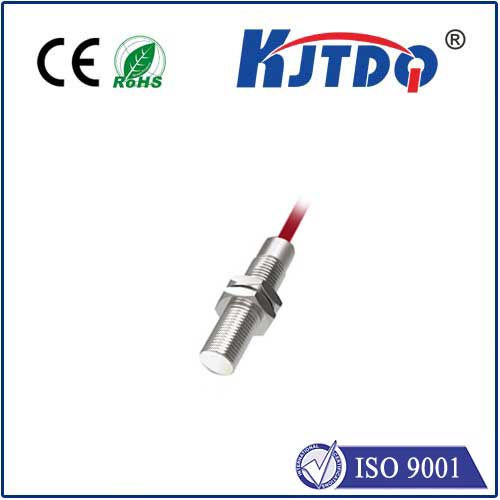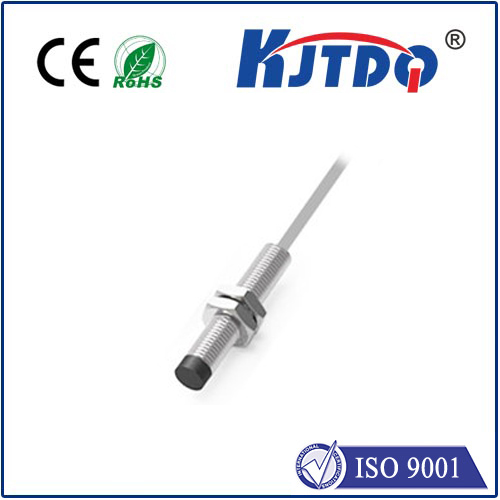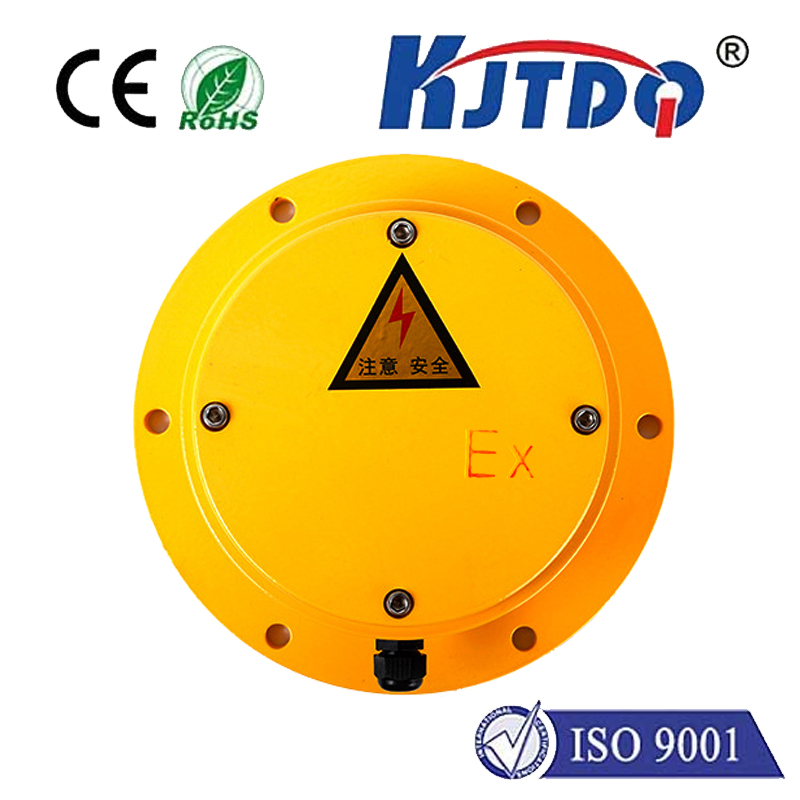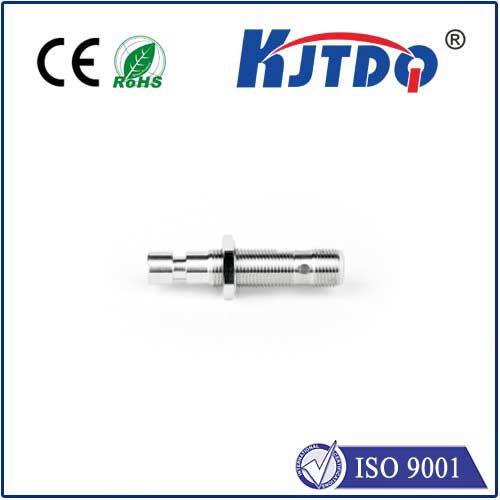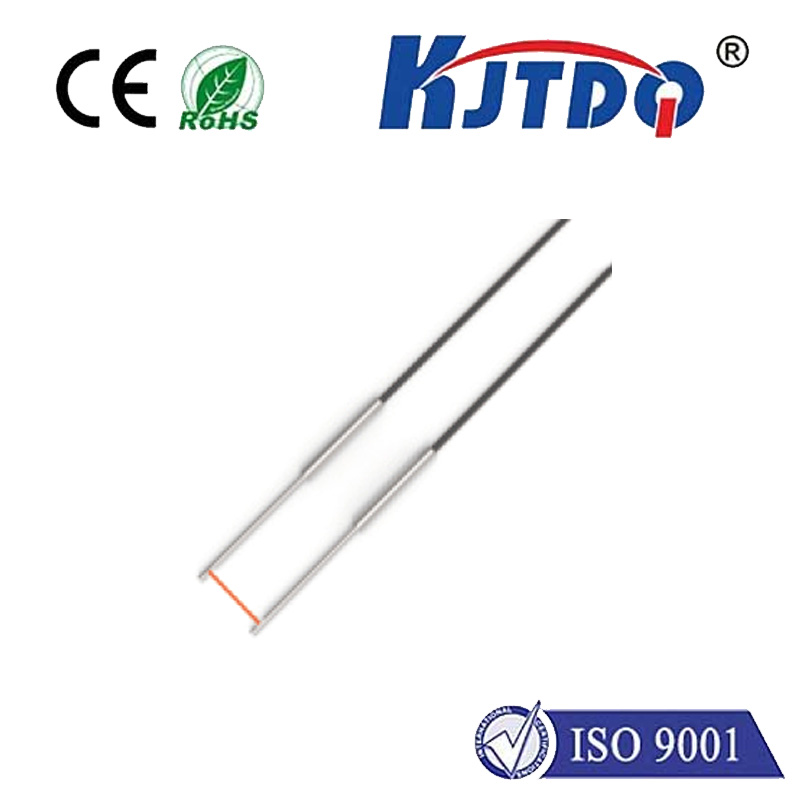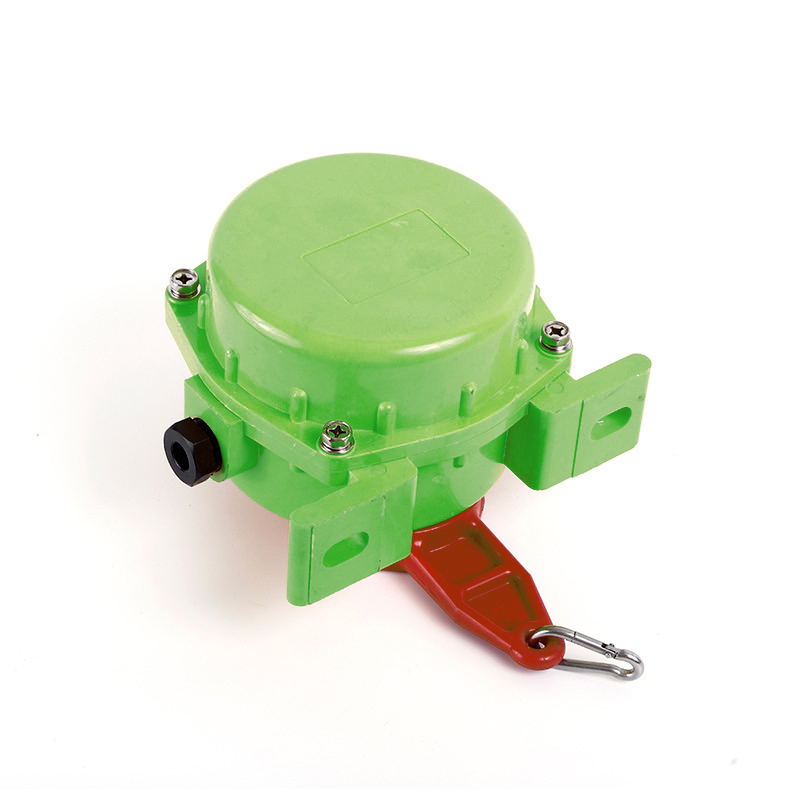BES05N5 proximity sensor
- time:2025-10-17 04:12:15
- Click:0
BES05N5 Proximity Sensor: Precision Detection for Industrial Automation
Imagine a high-speed production line where components zip along conveyors, robotic arms execute precise movements, and machines operate in perfect synchronicity. Now, imagine the chaos if these systems couldn’t reliably “sense” the presence or absence of objects. This is where the unsung heroes of automation, like the BES05N5 inductive proximity sensor, come into play. Designed for robustness and accuracy in demanding industrial environments, this sensor plays a critical role in countless control and monitoring applications, ensuring seamless operation and enhancing safety.
Understanding the Inductive Proximity Sensor
Before diving into the specifics of the BES05N5, let’s grasp the underlying technology. Inductive proximity sensors are non-contact electronic devices. They detect ferrous metals (like iron and steel) without physical touch using an electromagnetic field. Here’s the core principle:
- Generating the Field: An internal oscillator generates a high-frequency alternating electromagnetic field emanating from the sensor’s active face.
- Metal Detection: When a conductive ferrous metal target enters this field, Eddy currents are induced on the target’s surface.
- Field Disturbance: These eddy currents draw energy from the sensor’s oscillating circuit, causing a measurable change (damping) in the oscillation amplitude.
- Signal Switching: The sensor’s internal circuitry detects this damping effect and triggers an output state change (e.g., switching ON or OFF).
This contactless operation makes them incredibly reliable, wear-free, and ideal for dirty, wet, or high-vibration environments where mechanical switches would fail.

The BES05N5: Engineered for Industrial Reliability
The BES05N5 embodies the practical application of inductive sensing, specifically designed as a shielded, cylindrical sensor. Let’s dissect its key features and specifications:
- Compact & Robust Housing: Encased in a durable 18mm diameter cylindrical stainless steel housing (V4A/AISI 304), the BES05N5 offers excellent mechanical strength and resistance to impacts. Its shrouded (shielded) design allows for flush mounting in metal, minimizing installation space requirements and protecting the sensing field from lateral metal influences. This is crucial for tight spaces common in machinery.
- Operating Principle: As an inductive proximity sensor, it excels at detecting ferrous metals.
- Output Configuration: Typically features a PNP Normally Open (NO) transistor output. This means the output switches to +V (supply voltage) when a valid target is detected within its range. PNP outputs are common and compatible with many PLCs and controllers.
- Sensing Range: Offers a nominal sensing distance (Sn) of 4mm. This standardized distance is guaranteed under specific test conditions (using an Fe360 target). The *effective operating distance (Sr) can range slightly, usually up to around 4.8mm, depending on the target material and environmental factors. It reliably detects standard steel targets at this range.
- Electrical Ratings: Designed for Direct Current (DC) operation, commonly within a voltage range of 10-30V DC. It typically features 3-wire connection (Brown = +V, Blue = 0V, Black = Signal Output).
- Robustness: Boasts a high IP67 protection rating (Ingress Protection). This signifies excellent defense against dust ingress (IP6X) and protection against the effects of temporary immersion in water up to 1 meter deep (IPX7). This makes it suitable for washdown environments or harsh factory floors.
- Temperature Resilience: Operates reliably within a wide ambient temperature range, often -25°C to +70°C, ensuring performance stability in diverse climates and industrial settings.
- Reliable Switching: Provides a consistent switching frequency, allowing it to detect rapidly moving objects. The hysteresis (the difference between the switch-on and switch-off points) ensures stable operation without output chattering near the sensing edge.
Where the BES05N5 Proximity Sensor Excels: Key Applications
The combination of its compact size, robust build, reliable 4mm sensing range, and IP67 rating makes the BES05N5 inductive sensor incredibly versatile. Here are some prominent industrial applications:
- Position Verification: Confirming the presence of parts on pallets, slides, or fixtures (e.g., “is the widget in the machining station?”).
- End-of-Travel Detection: Sensing the end position of cylinders, slides, or clamps to signal the completion of a movement.
- Object Counting: Counting metal parts passing a point on a conveyor belt or chute. Its reliable switching speed is crucial here.
- Machine Safety: Used as part of safety interlocks, verifying guards are closed or safety gates are latched before machinery starts.
- Level Monitoring: Detecting the presence/absence of metal containers or bins.
- Speed Monitoring: Sensing rotating ferrous targets (e.g., gear teeth) for rotational speed feedback.
- Conveyor Systems: Detecting jams, verifying part transfer, or signaling product positioning.
Why Choose a BES05N5? Key Advantages Summarized
- Non-Contact Operation: Eliminates mechanical wear and tear, offering a long service life.
- High Reliability: Consistent performance in tough industrial environments, thanks to the sealed stainless-steel housing and robust internal design.
- Fast Response Time: Capable of detecting high-speed moving objects, essential for modern automation.
- Environmental Resilience: The IP67 rating provides significant protection against dust, dirt, oils, coolants, and water splashes or temporary immersion.
- Easy Installation: The standardized M18 threaded barrel simplifies mounting. Its shielded design allows flexible placement near metal without false triggering.
- Cost-Effective Sensing: Provides a highly reliable sensing solution at a competitive price point for detecting ferrous metals.
Selecting and Implementing Your BES05N5
While the BES05N5 is a workhorse, ensuring optimal performance requires attention to detail:
- Target Material: Confirms its suitability – it’s specifically designed for ferrous metals. Sensitivity decreases significantly for non-ferrous metals like aluminum or brass.
- Mounting: The shielded (shrouded) design allows for flush mounting in metal brackets, which is often necessary for tight spaces. Ensure the target approaches the sensor’s face axially for the stated sensing range.
- Electrical Connection: Carefully connect the Brown (+V), Blue (0V), and Black (Signal Output) wires according to your control system’s requirements. Double-check polarity!
- Environmental Factors: While robust, extremes outside its specified temperature range or exposure to strong electromagnetic fields can impact performance. Ensure ambient conditions fall within the sensor’s ratings.
- Target Size: The sensor requires a minimum target size (typically specified as a standard square steel plate) to achieve the full nominal sensing distance. Smaller targets will reduce the effective range.
Understanding the parameters encapsulated in the model BES05N5 – its inductive nature, 18mm shielded cylindrical form factor, PNP NO output, and 4mm nominal sensing range – is crucial for selecting the right sensor for countless automation tasks. Its blend of ruggedness, reliability, and performance makes it a fundamental component in keeping modern






